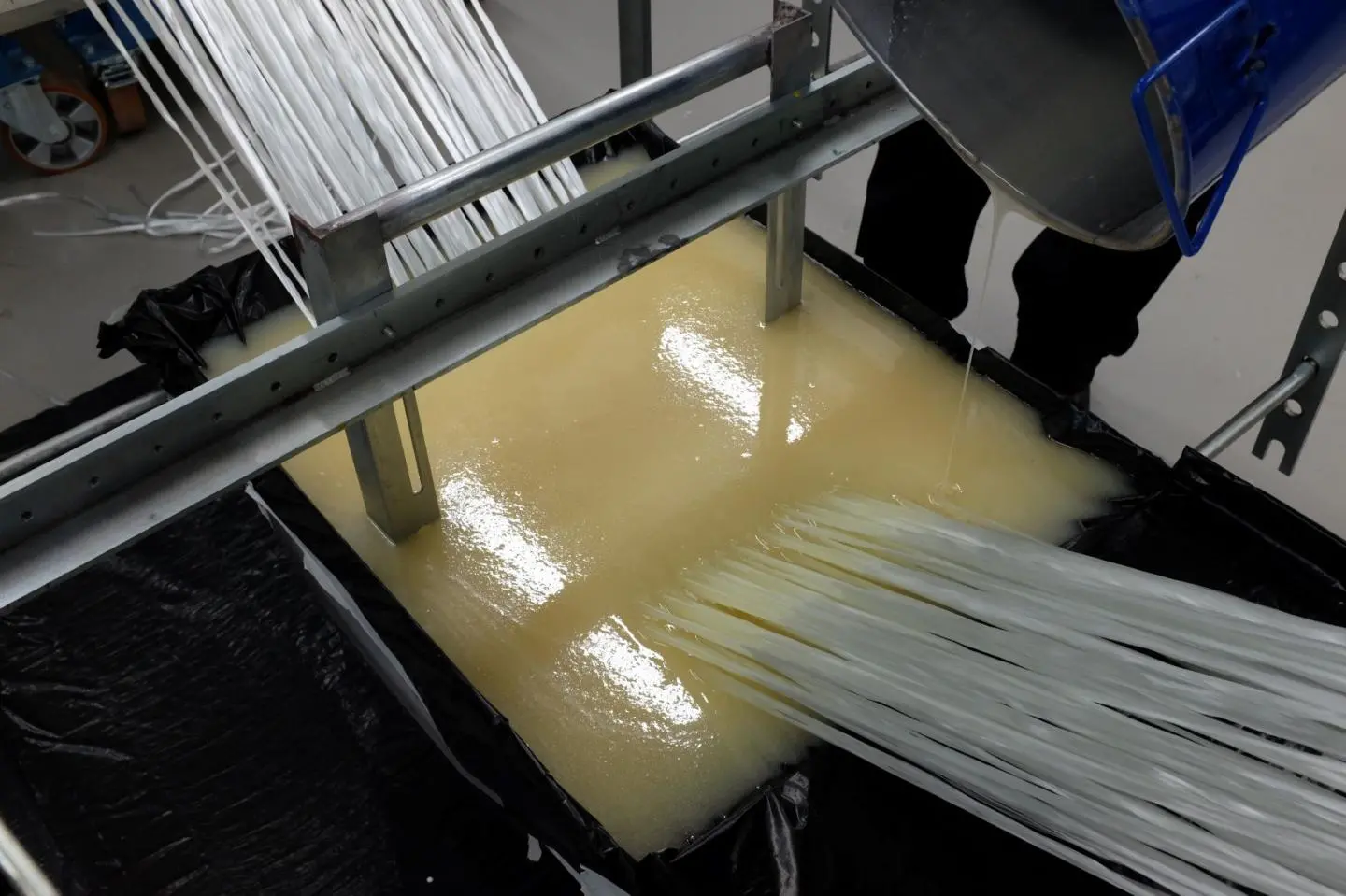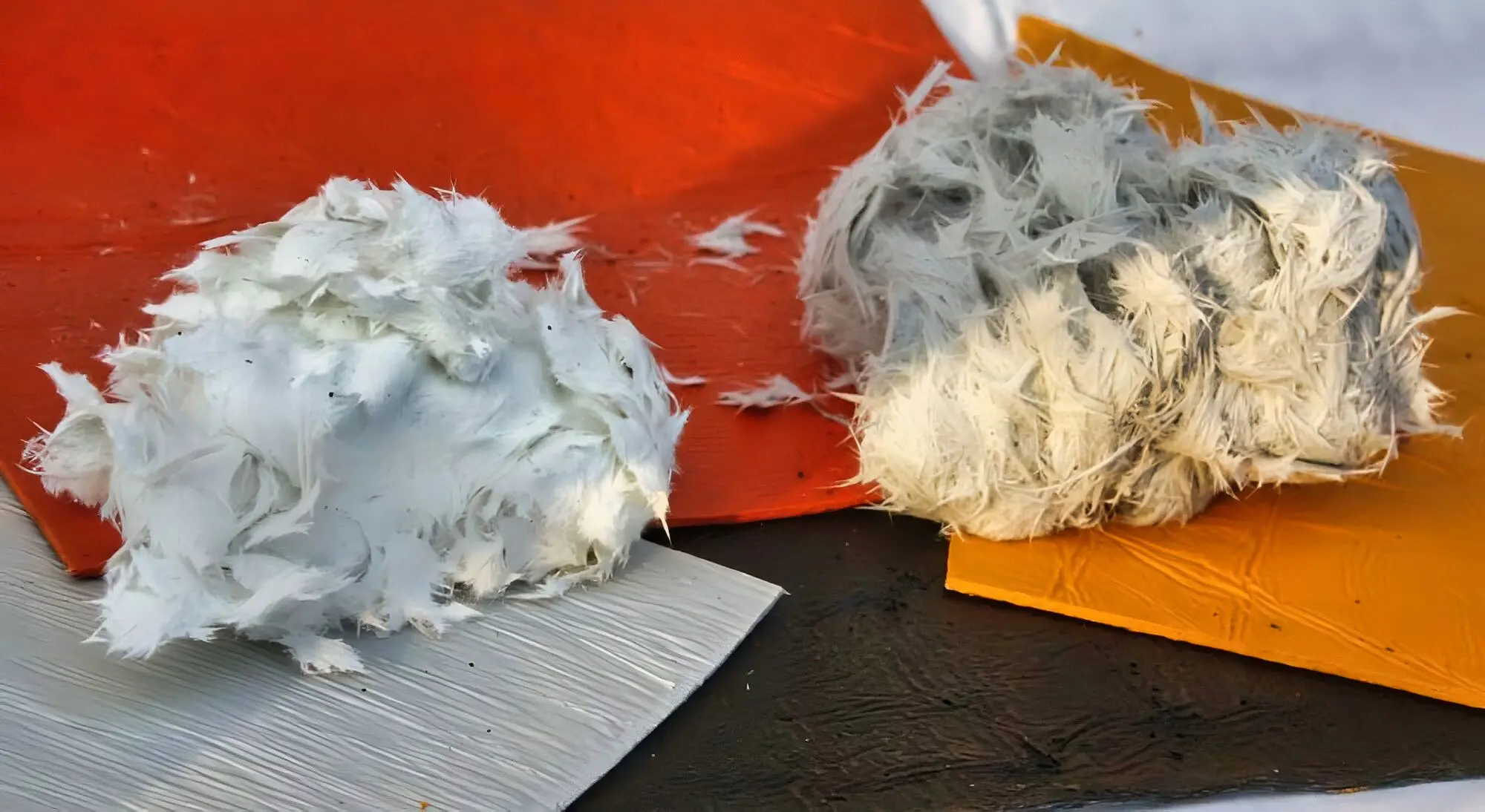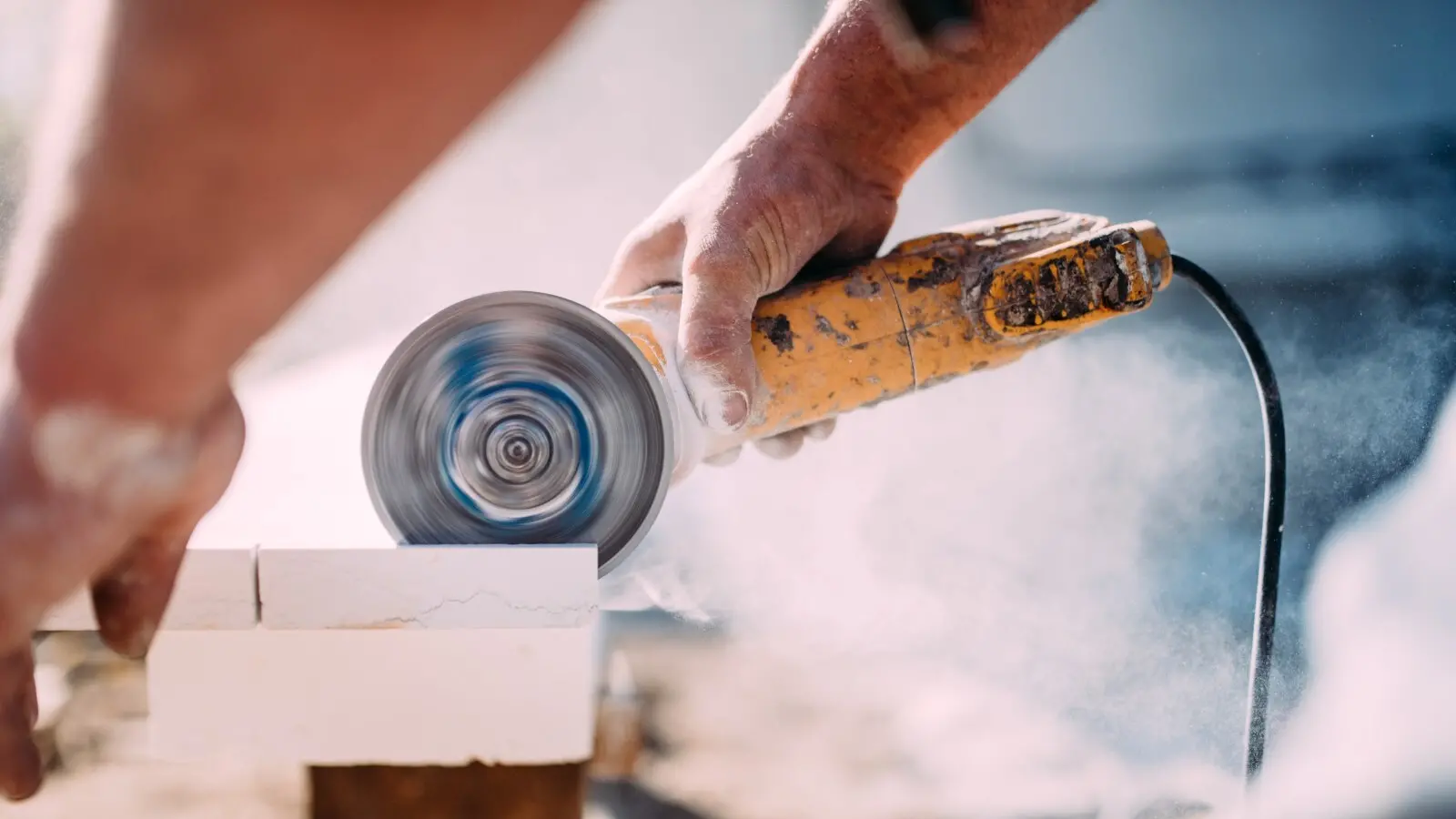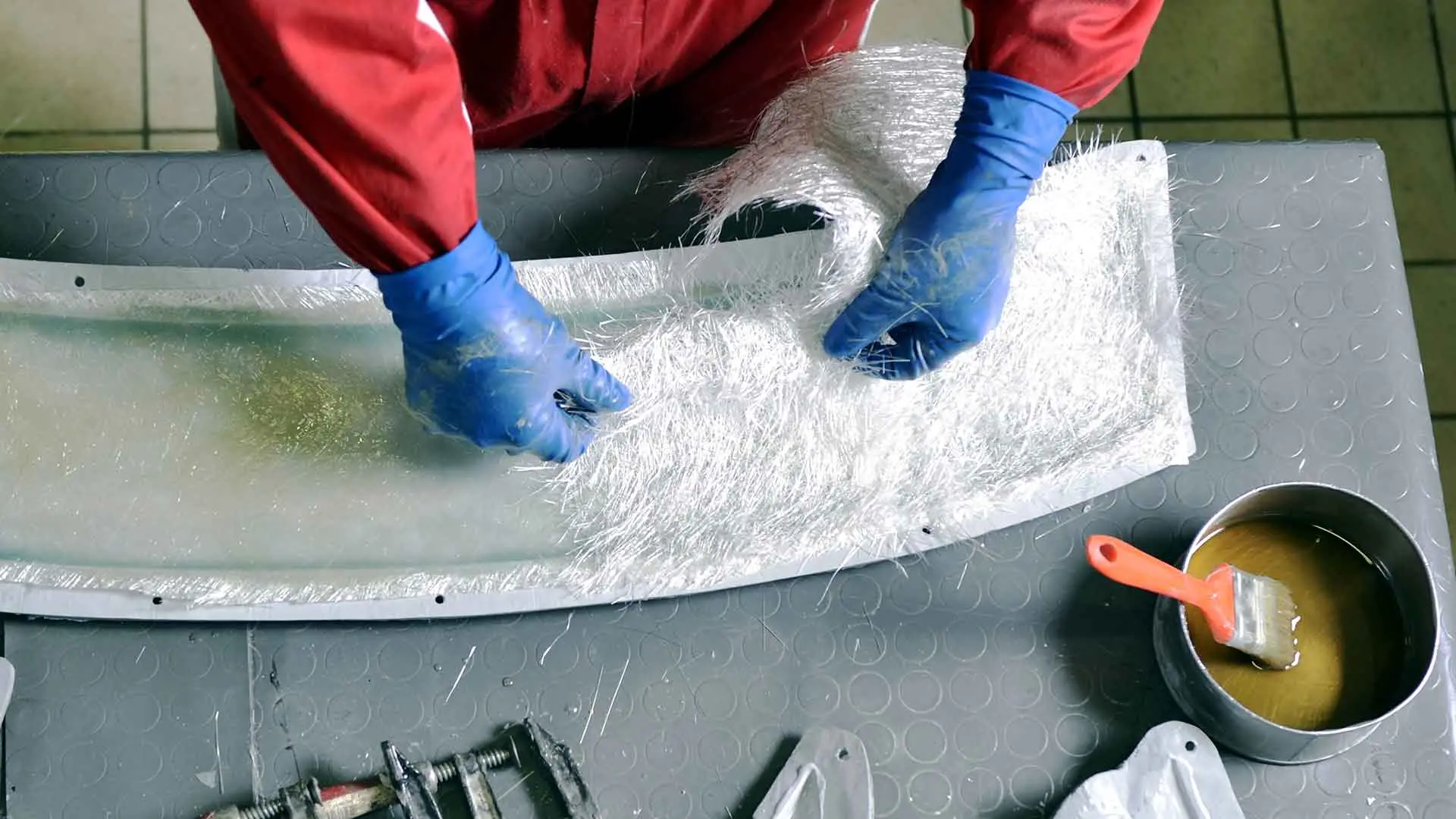How to Handle Resin Adhesion in Fiberglass Molds?
Regardless of the cause of adhesion in the mold, the first step is to carefully detach the bonded parts while minimizing damage to the mold. After all, fiberglass molds represent a significant investment.
First, confirm whether this is the first use of the release agent and check for any prior issues. Most mold release problems arise from using incompatible release agents without conducting proper release tests.
Conduct a tape test on the areas of the mold that have adhered to determine if the adhesion is due to improper application of the release agent, especially in hard-to-reach areas. Then, assess if the issue is localized to a specific region or if it’s a persistent problem with one particular mold.
If you confirm that the application of the release agent has been correct and no significant issues have occurred previously, it may simply be that the affected area needs more frequent applications of the release agent, such as edges or other worn areas.
The occurrence of adhesion in fiberglass molds may relate to wear, edge cutting, or demolding angles. The key takeaway is to choose the right release agent; an incompatible release agent can work for demolding but may not provide optimal results.



